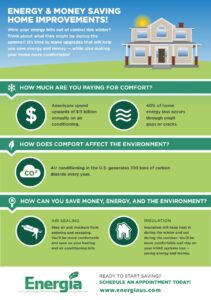
In today’s society, with the increased use of credit and debit cards, many children are not learning about the value of money. They often struggle to pick the correct coins to make purchases and don’t know how much change to expect. This easy-to-make money game is fun and the game cards can be adjusted to suit the abilities of the students.
An Easy DIY Money Math Game for Elementary School (Grades 2 4)
Money Game Materials
- Poster or Bristol Board
- Die or Dice
- Playing Pieces
- Real or Play money (beginning game requires 1 dollar and 8 quarters for each player and the banker). Dimes, Nickels and pennies can be added later.
Instructions for DIY Math Money Game
Make a simple track on a sheet of poster board. (30 to 45 spots if using one die, 70 spots if using 2 dice).
Decorate the game squares as you wish with stickers or designs. Write Start and Finish at either end of the track. To add interest, on the occasional square, write, Do not draw a card, Move ahead 2 spaces, or move back 1 space.
Make 25 game cards (2 inches X 3 inches) that will be drawn when a player lands on a square. Each card will have players lose or gain money. Some board game sample cards are:
- You shoveled the driveway and earned 50 cents
- You bought candy and spent 75 cents
- There is a hole in your pocket and 25 cents fell out
- You made $1.00 at a lemonade stand
- Your dad paid you 50 cents to walk the dog
- You sold a hockey card for 75 cents
- You found 15 cents in the sofa
- You left 37 cents in your jeans that got lost in the laundry
For beginners, use increments of 25 cents for the money transactions. After the children are really comfortable with quarters and dollars, increase the difficulty by adding dimes, nickels and pennies. Adjust the game cards as required.
Rules for Playing the Money Board Game
- Give each player and the banker $3.00 in coins that are appropriate for the game cards.
- The game begins with the player who rolls the highest number on a die.
- On each turn, players roll the die/dice and move their game piece. Upon, landing on a spot, players draw a card (unless the square directs them not to draw a card or move ahead or back).
- Players then follow the directions on the card.
- Play continues until a player reaches the end of the track. At that point, all players count their money.
- The player with the most money is the winner.
- Note: If the children are young or rambunctious, an adult should assume the role of banker. Mature students can use a bowl for the banker and add or withdraw money independently.
This game is easy to play and really helps children learn the value of money. For example, when a child must pay fifty cents, he must decide which coins to pay with. Some kids would choose five dimes and others would choose two quarters. This game is popular with children ages 7 to 10. They have fun making up new cards, as well. Playing with real coins is preferable, but plastic coins work too.






